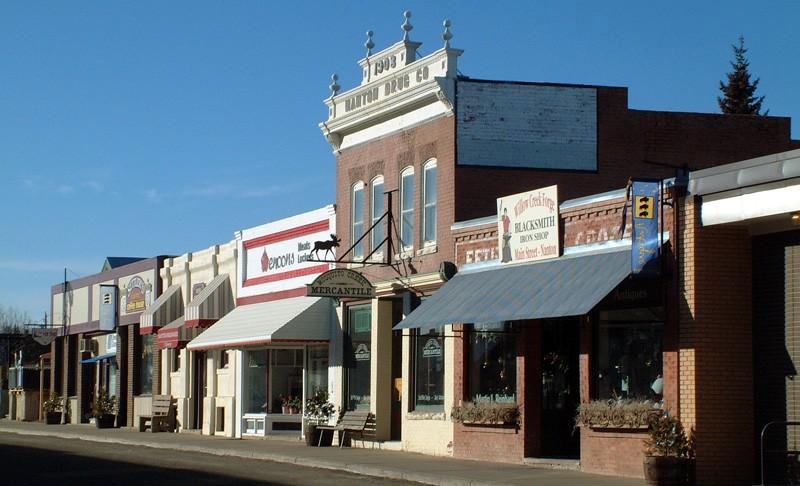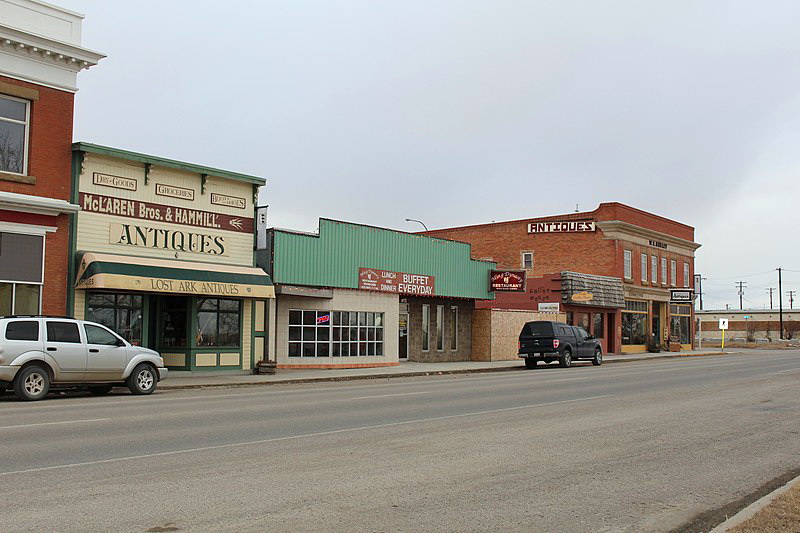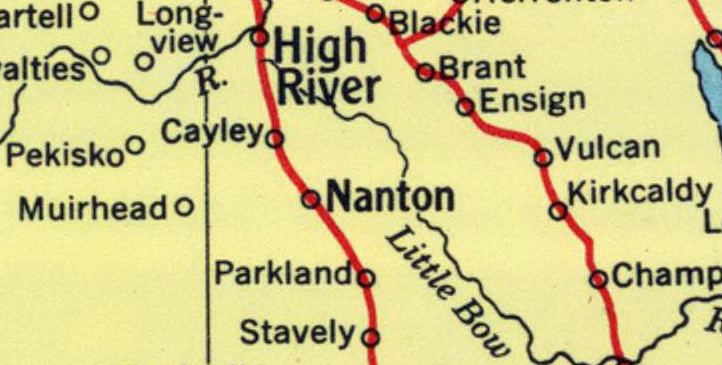 N A N T O N
N A N T O N
Nanton, named after Augustus Meredith Nanton, was established as a small prairie settlement along the Calgary – Fort Macleod railway in the late 1890’s. The Post Office opened on July 1, 1893.
On June 22, 1903, Nanton was incorporated as a village and a few years later on August 9, 1907, gained town status. The town featured several grain elevators; many businesses, a hotel, a train station and a large brick school.
The post-WW2 years saw the demolition of the school; the removal of the rail line and train station; and a subsequent transition to tourism as its primary economic driver. Nanton was known to travellers as “Tap Town” after providing passing motorists with free water from a standing tap along the northbound highway. This led to the creation of the Nanton Water & Soda LTD company, which is still a thriving business today.
In 2001, the last grain elevators were threatened by demolition due to abandonment and neglect. Many concerned citizens banded together to form a historical society named “save one”, as the name suggests, the goal was to save one of the elevators from demolition. Unfortunately, progress was halted when the society needed to come up with funds to purchase the land and buildings from the Canadian Pacific Railway. The process took three years and amazingly they not only managed to save one, but all three grain elevators from demolition. The elevators have been restored and now serve as the Canadian Grain Elevator Discovery Centre. In 2019, J.T. Foster High School was turned down for modernizations by the provincial government once again. The school has been in dire needs of renovations for the last decade
historical information courtesy of Ryan Mckirdy
| |
|
| |
|
| |
|
| |
|
| |
|
| |
|
| |
|
click any image to enlarge
---------- Town Views ----------

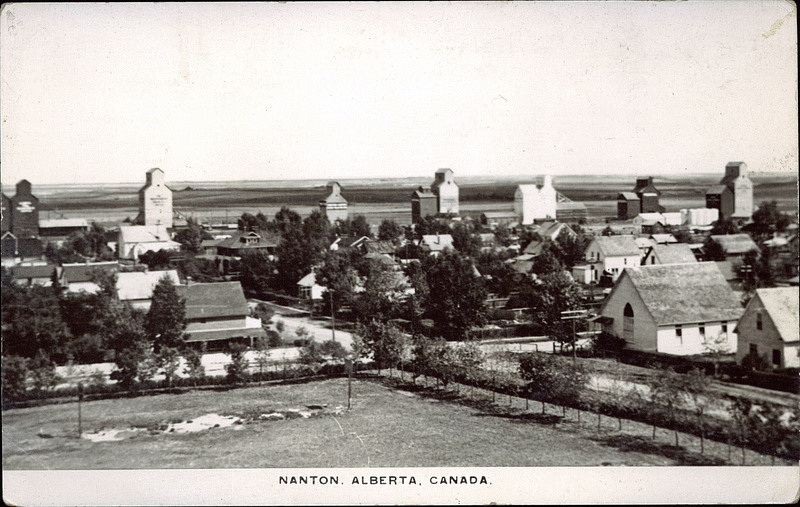

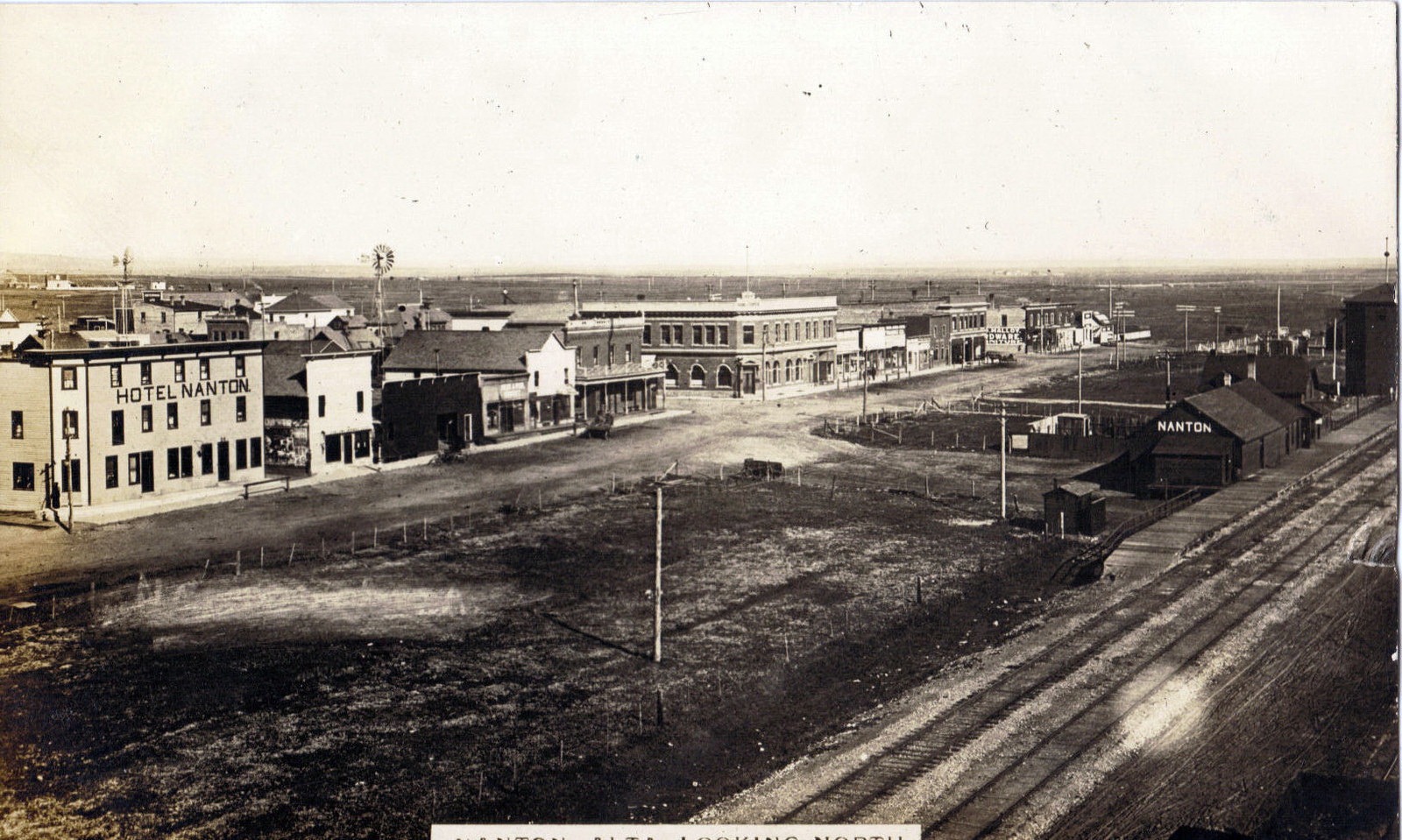

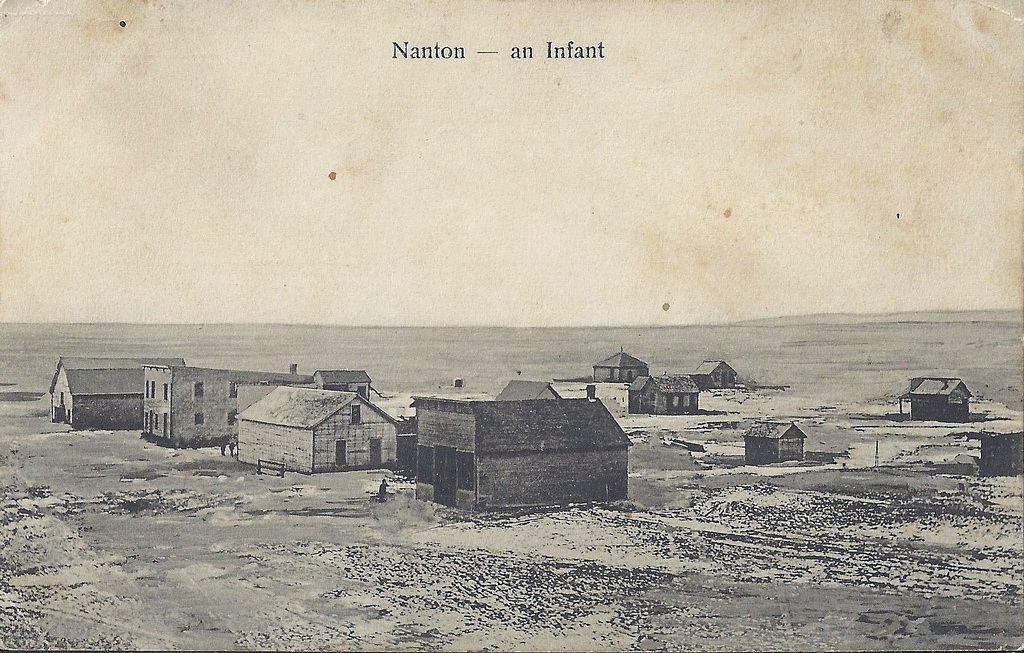

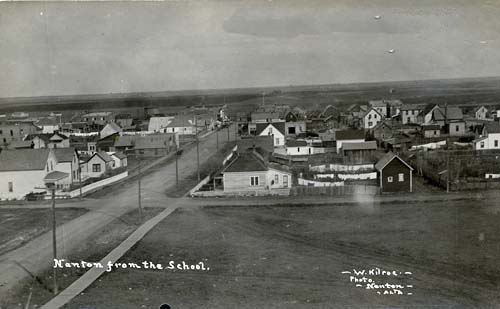
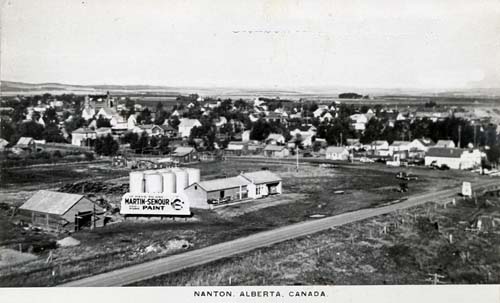
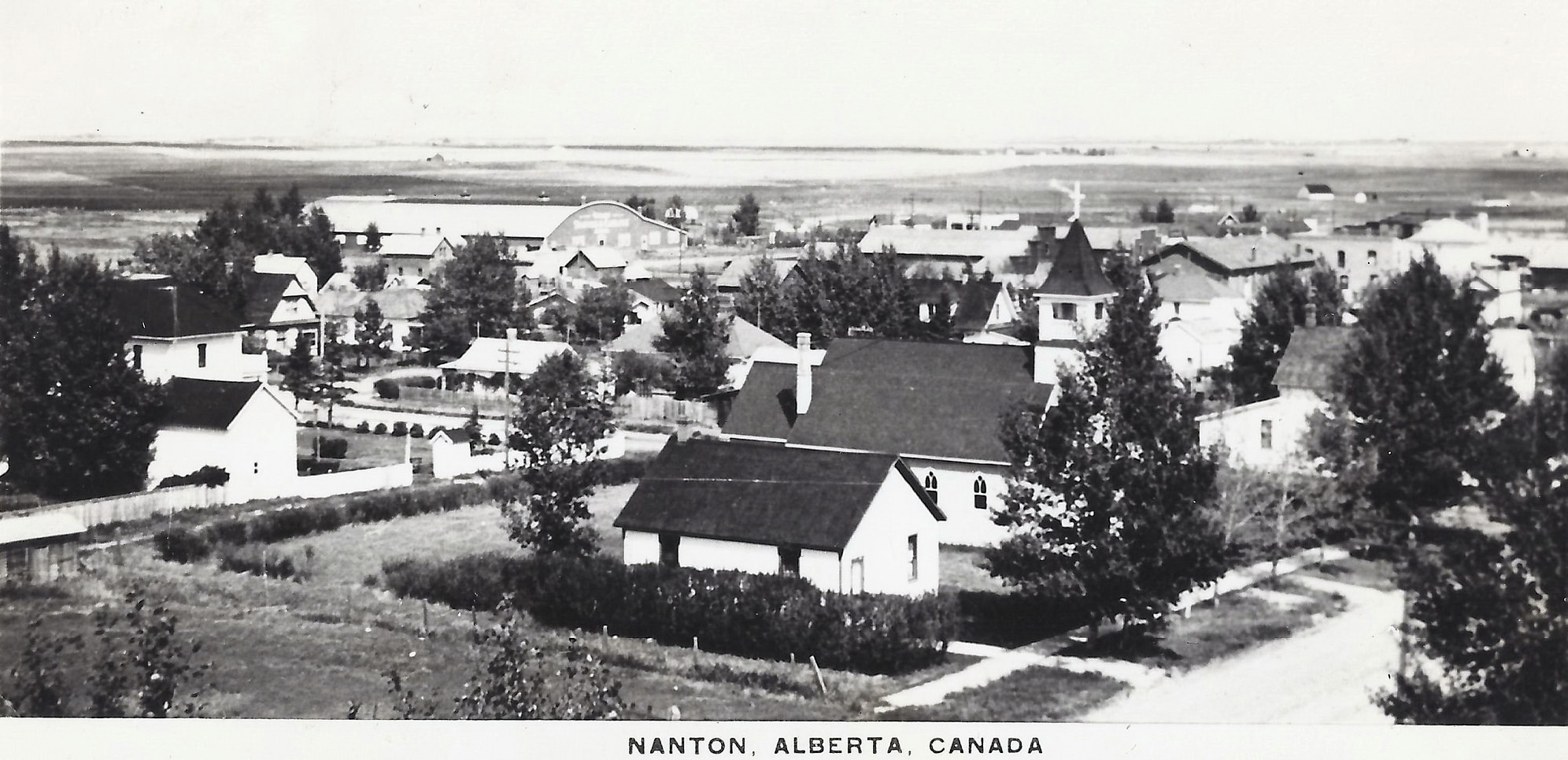
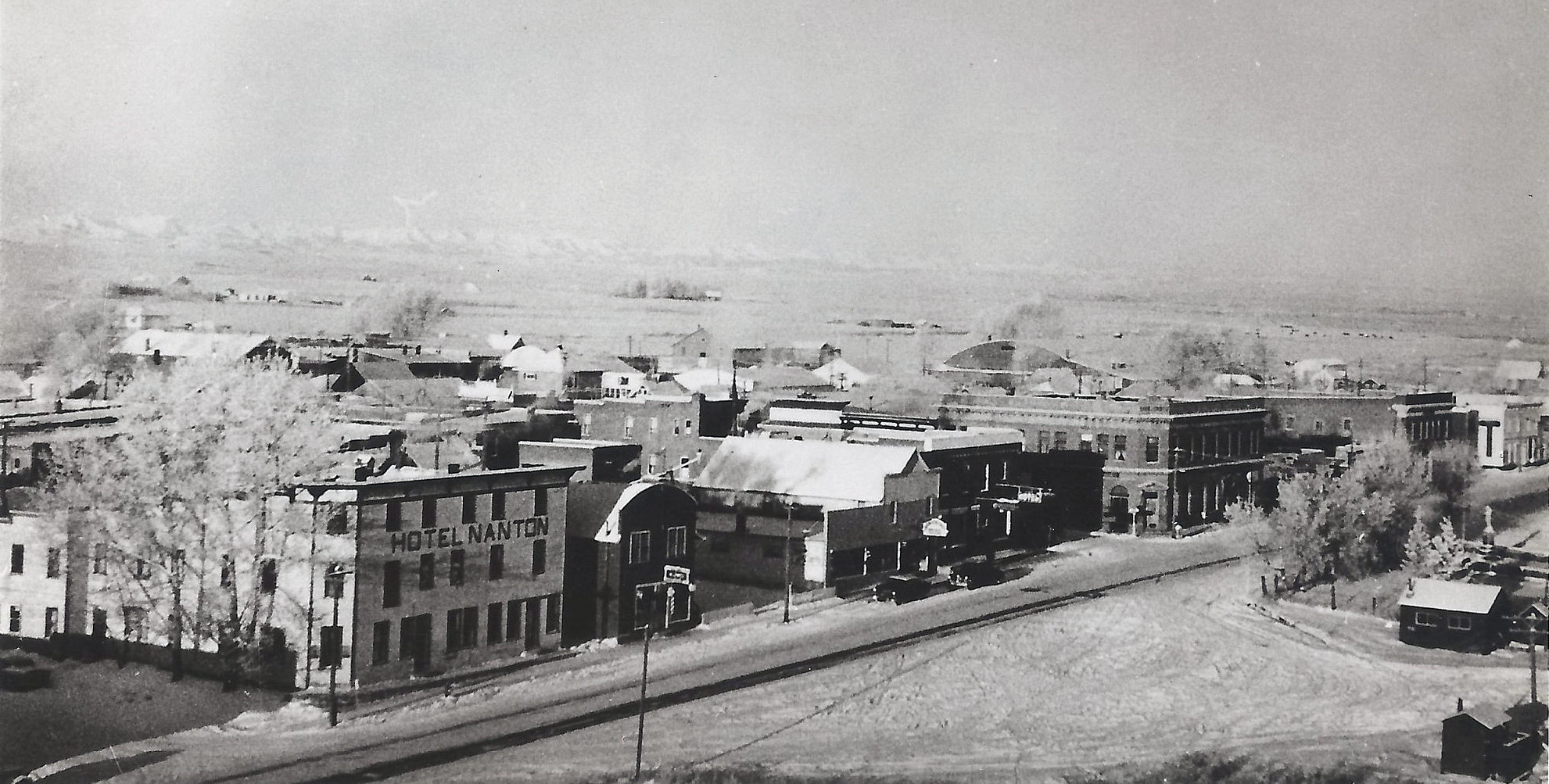
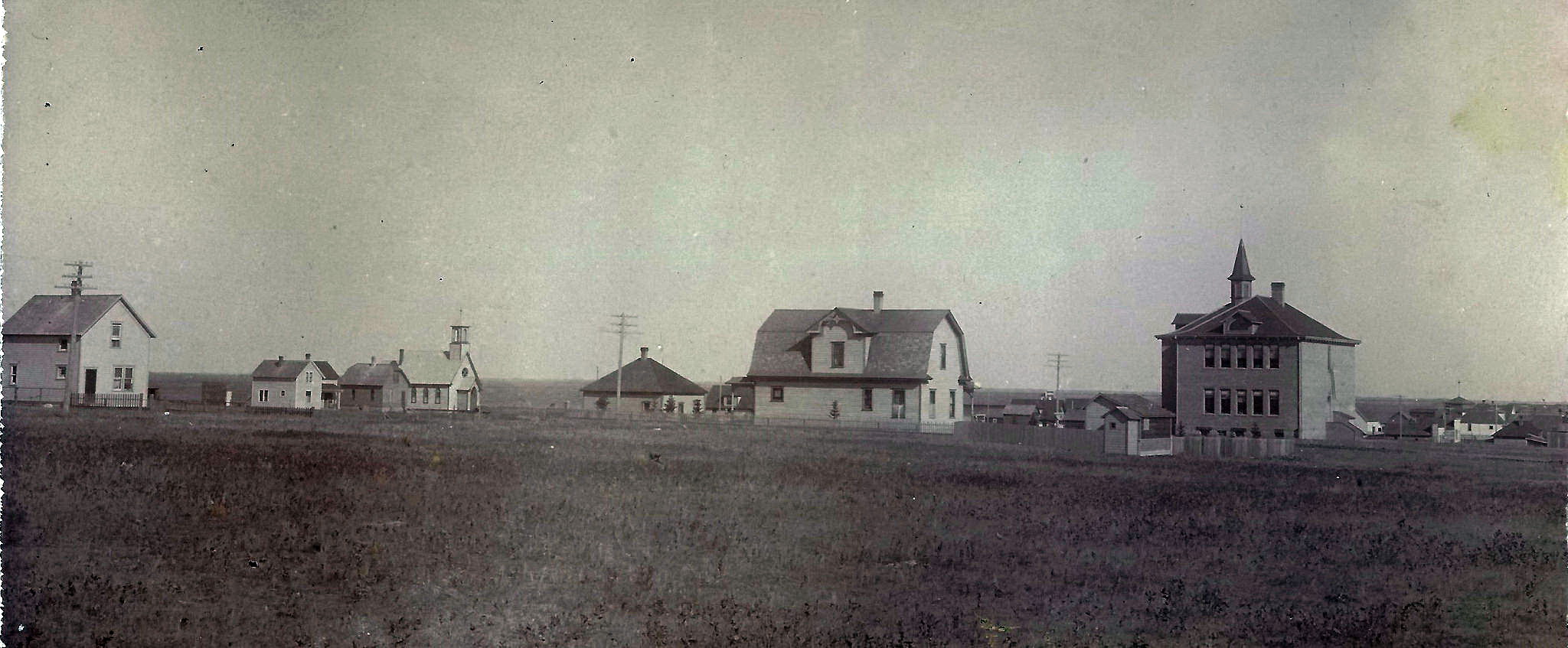

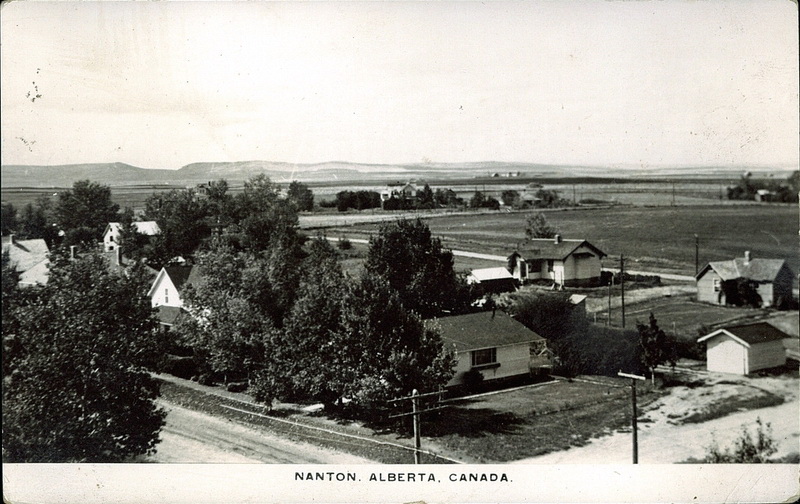
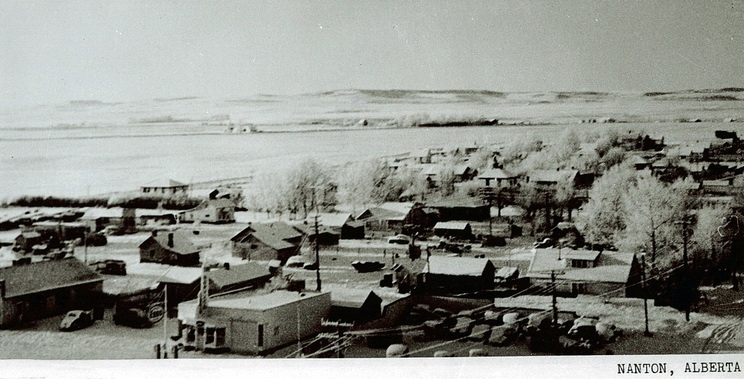
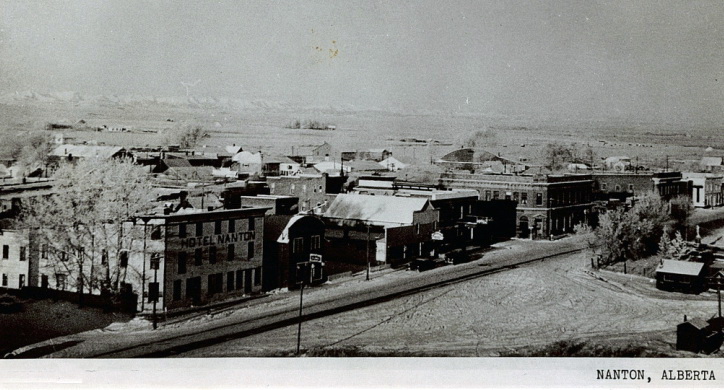

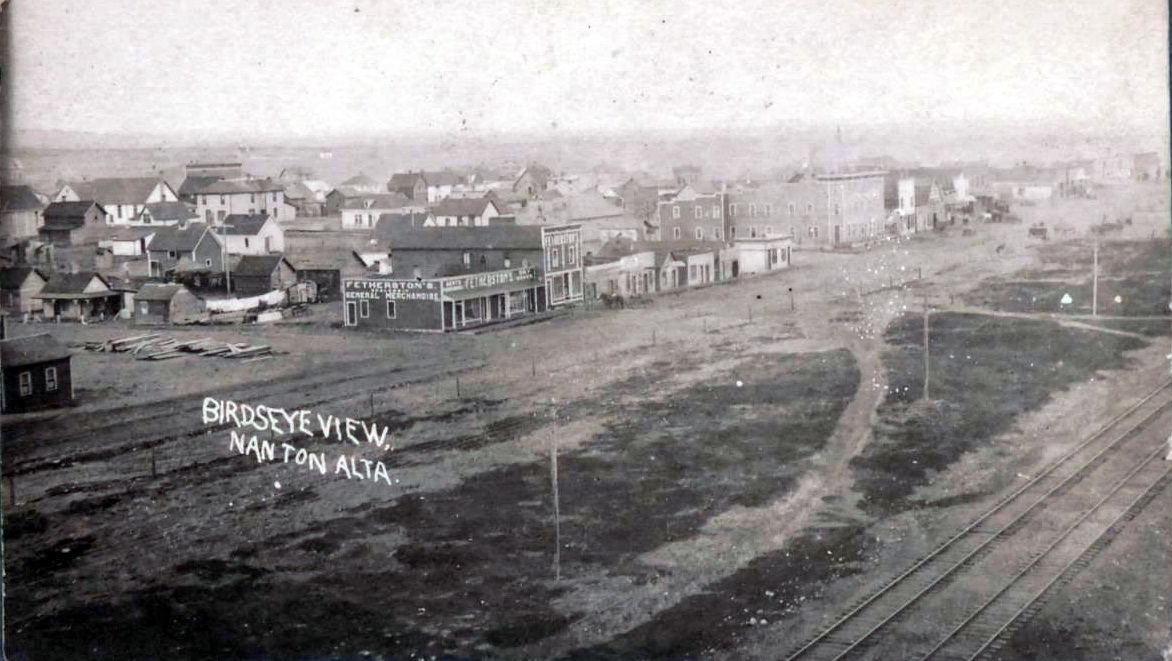

---------- Street Views ----------
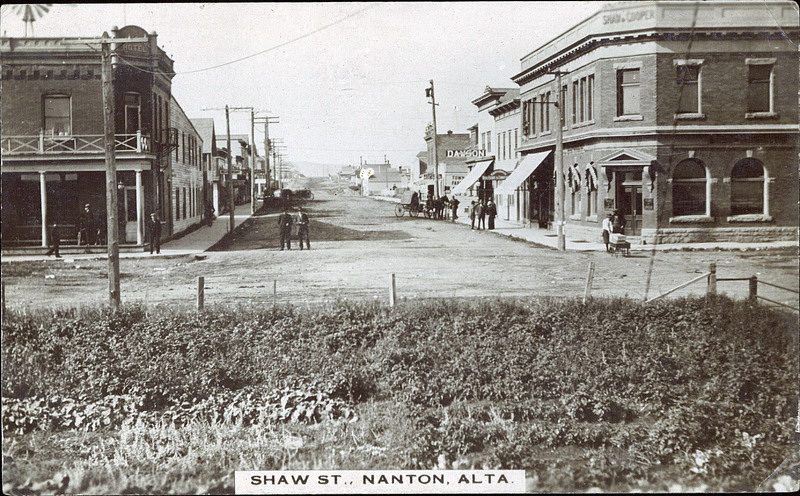
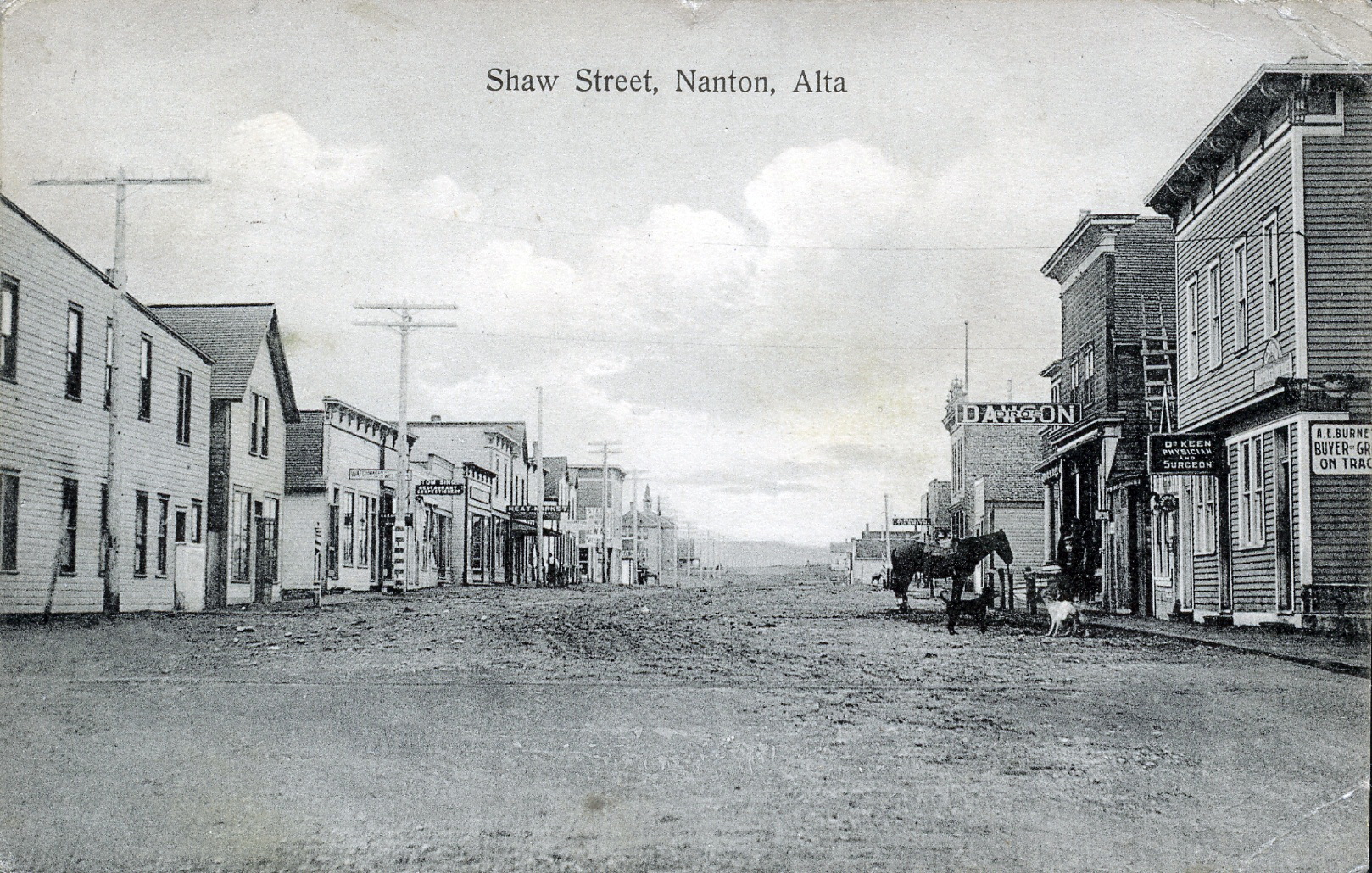
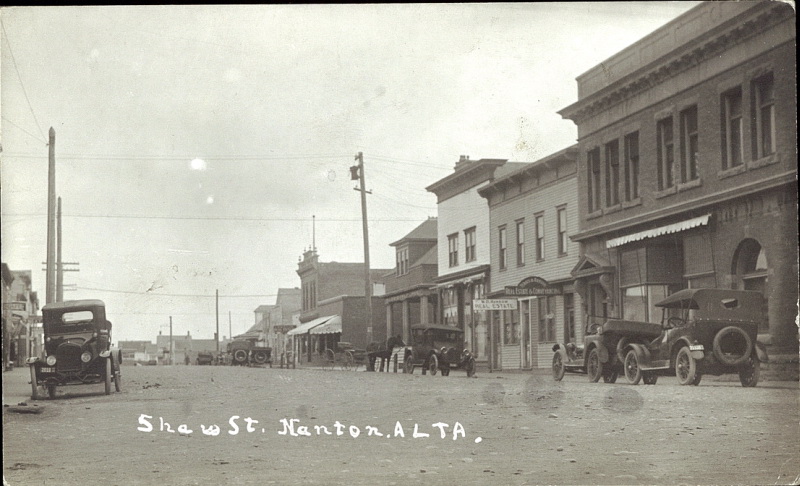
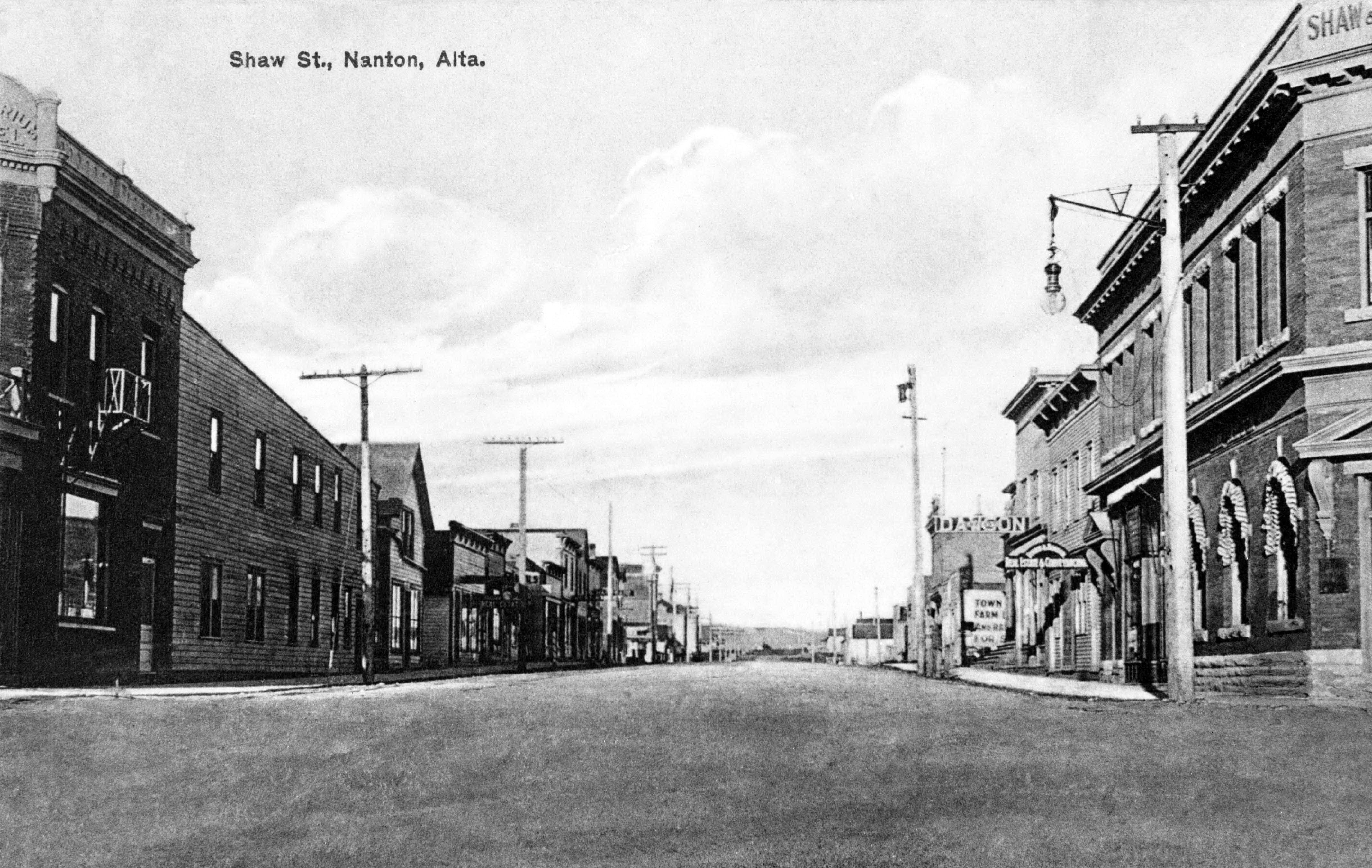
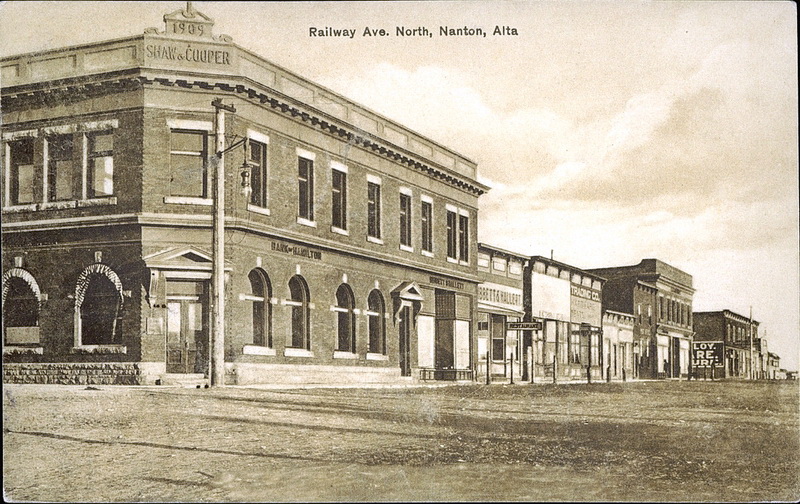
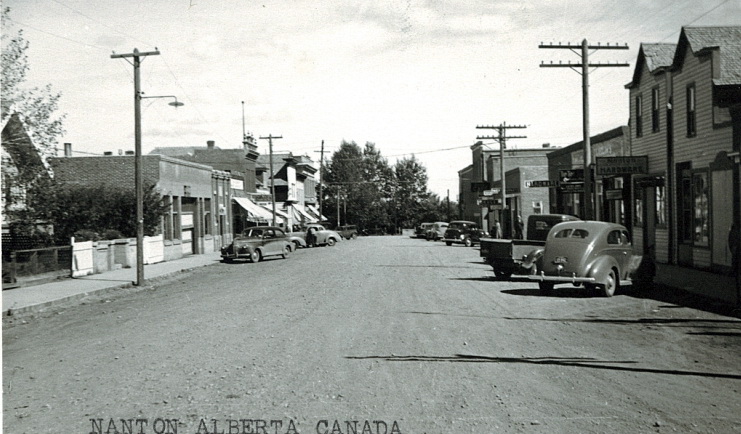
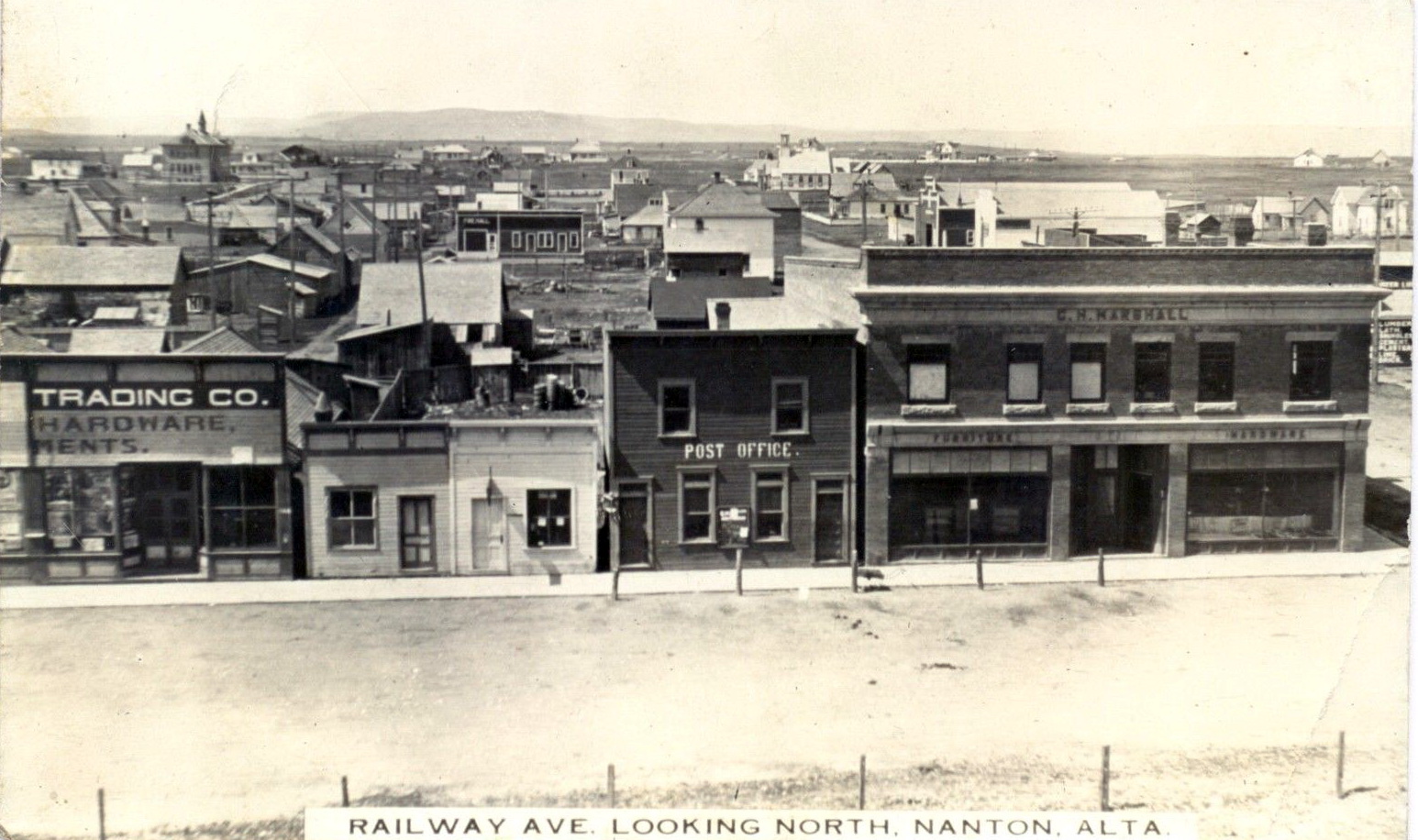
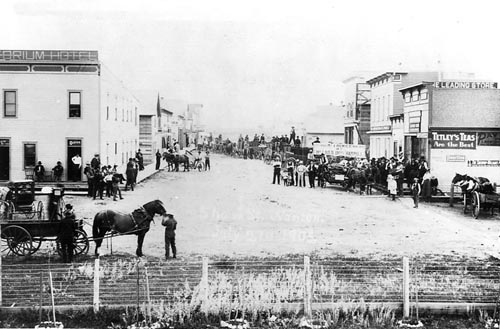
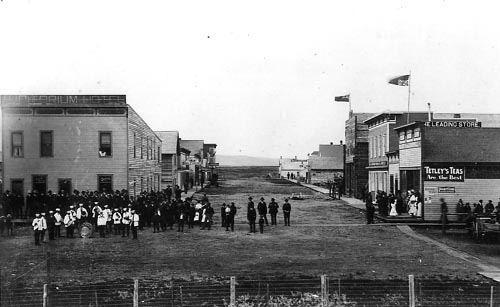
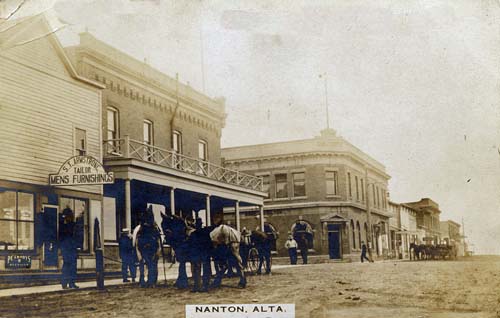
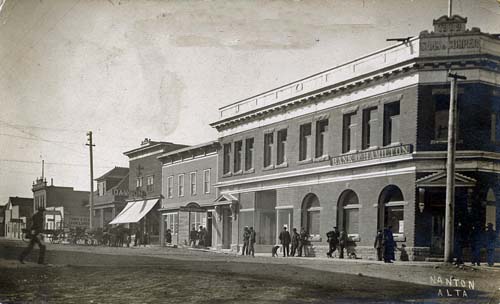
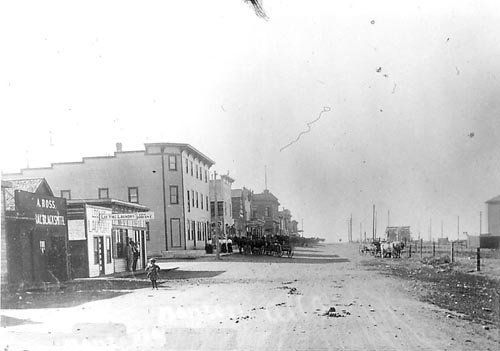
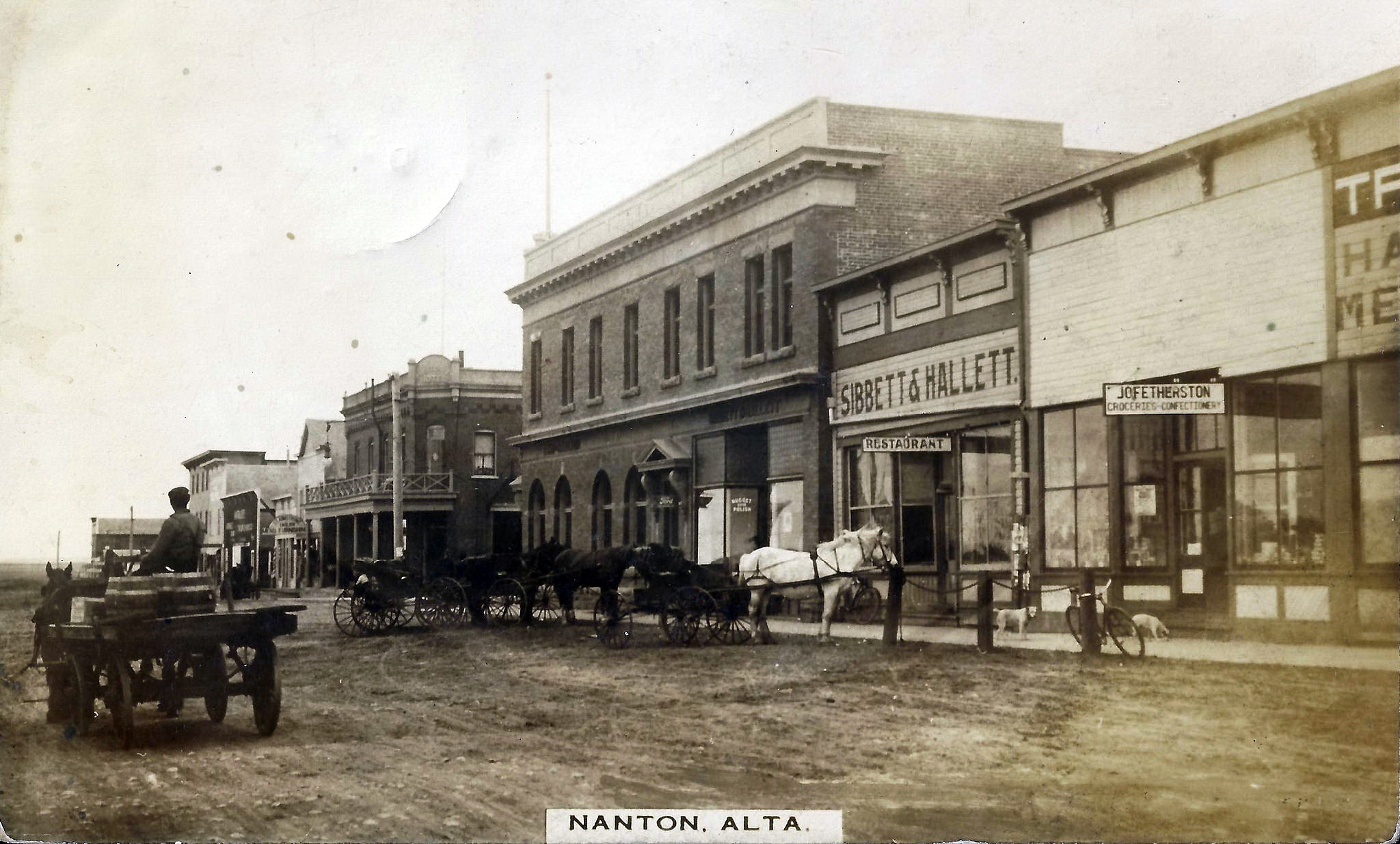
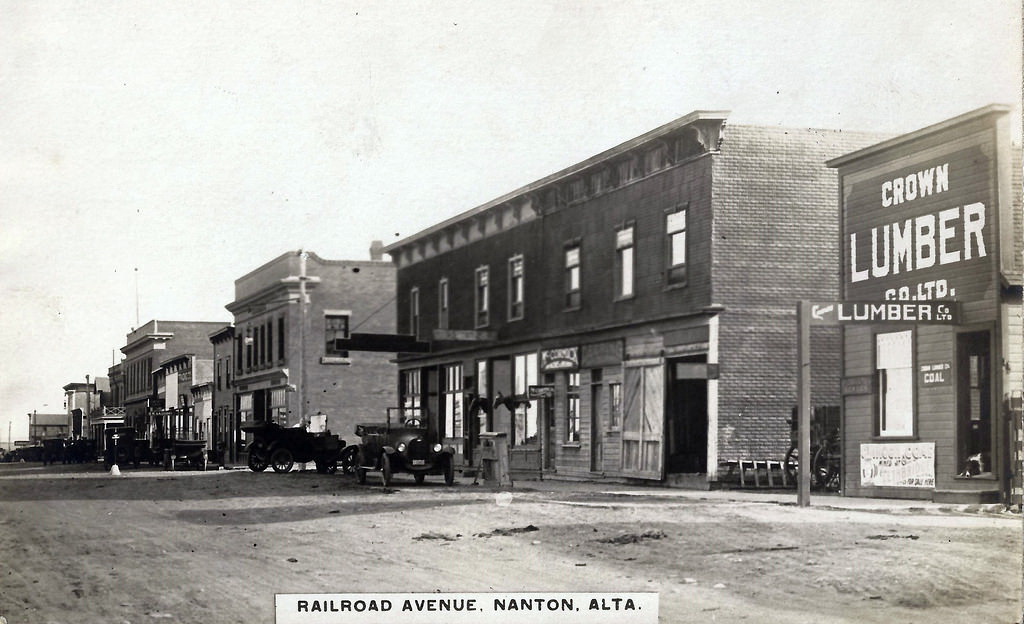
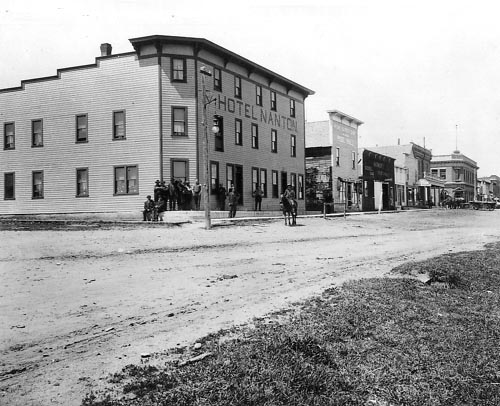
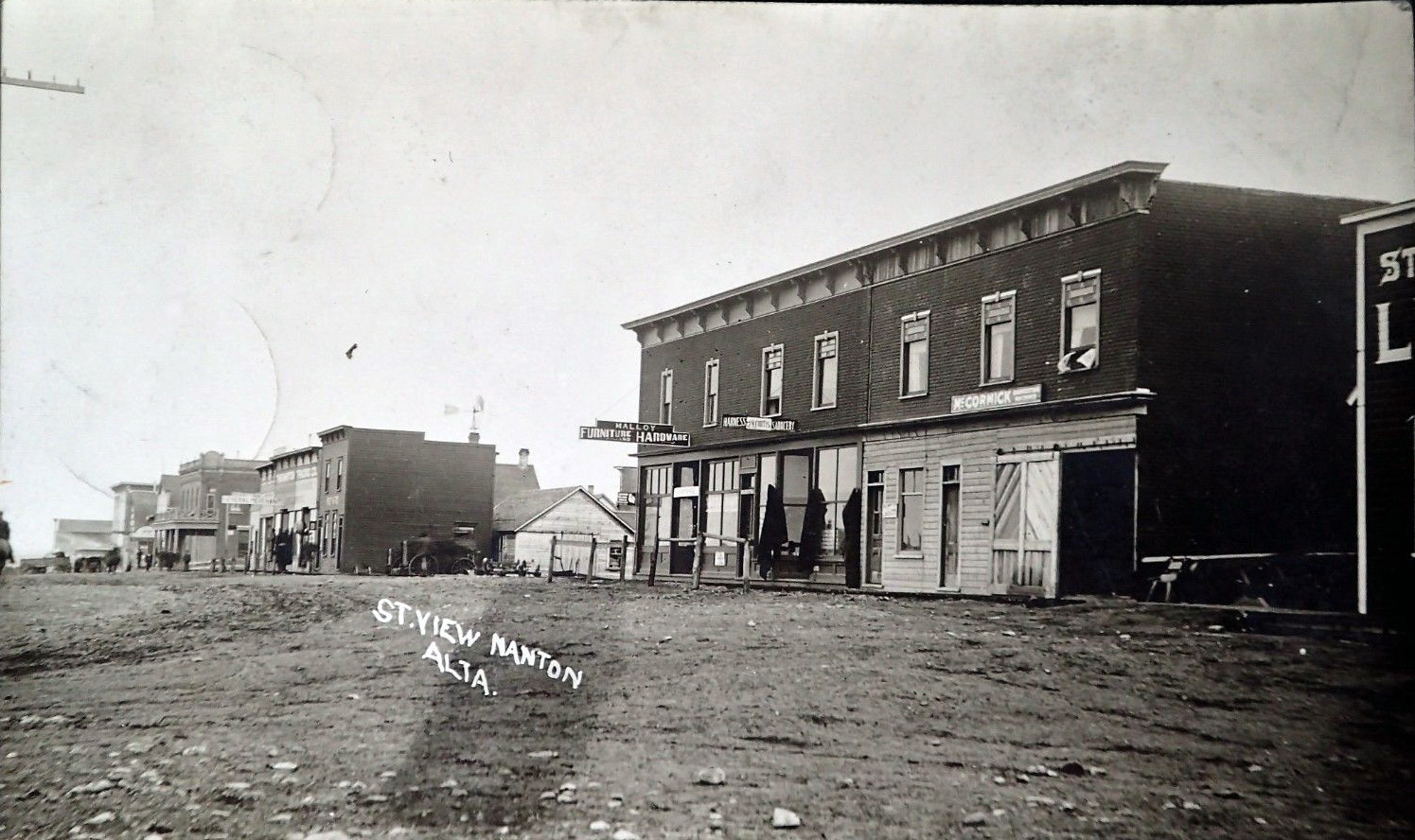
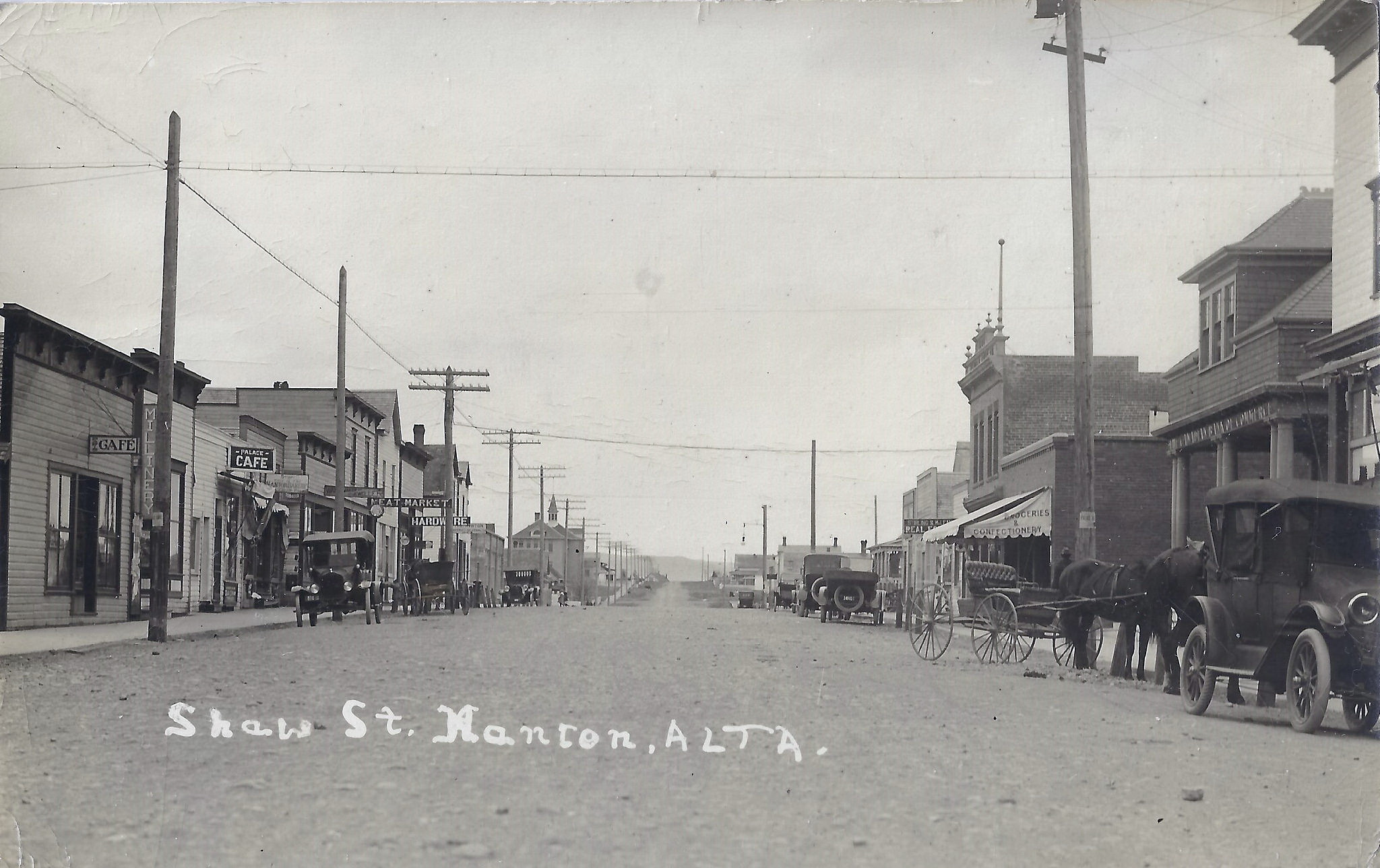
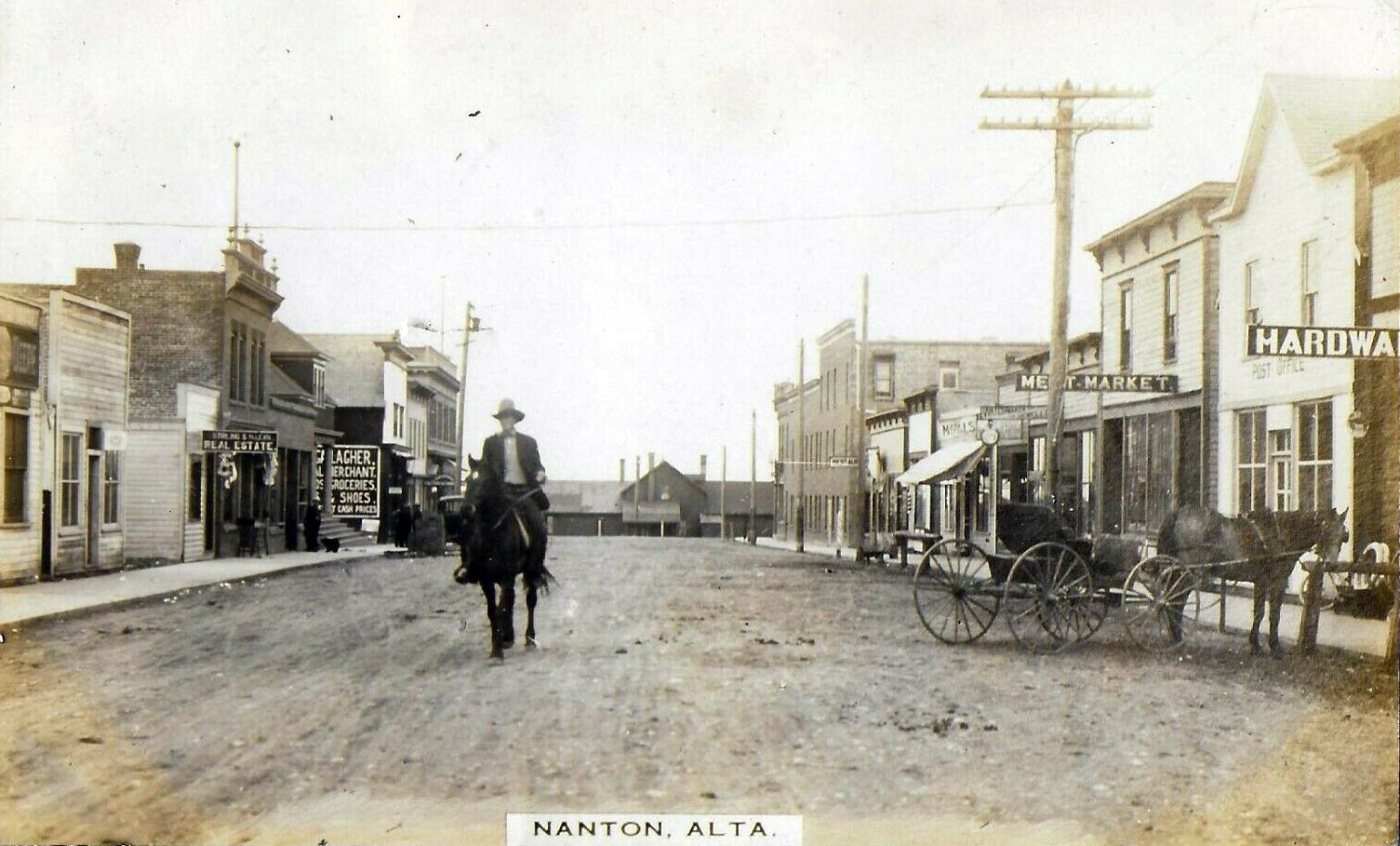
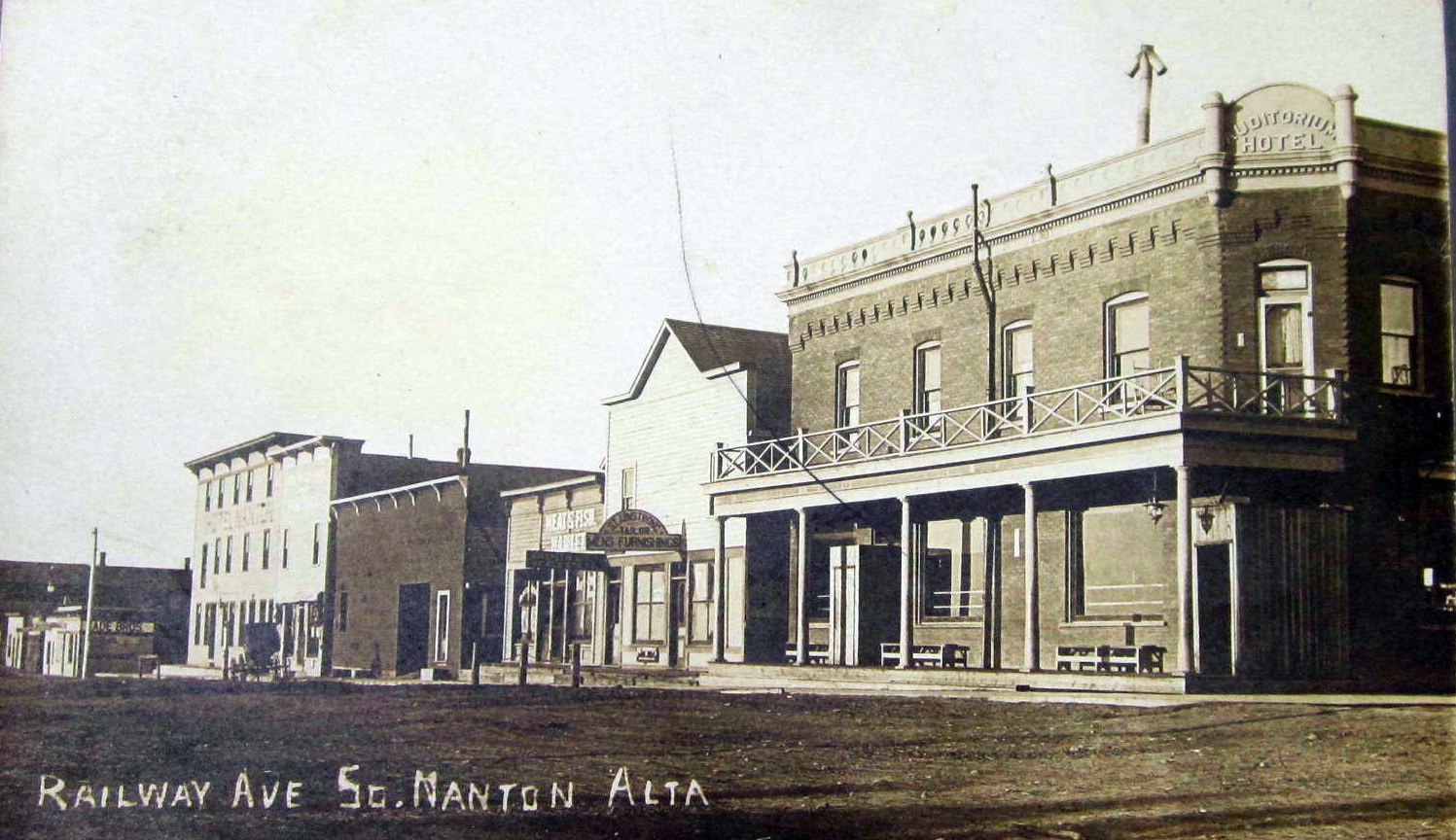
---------- Railway ----------
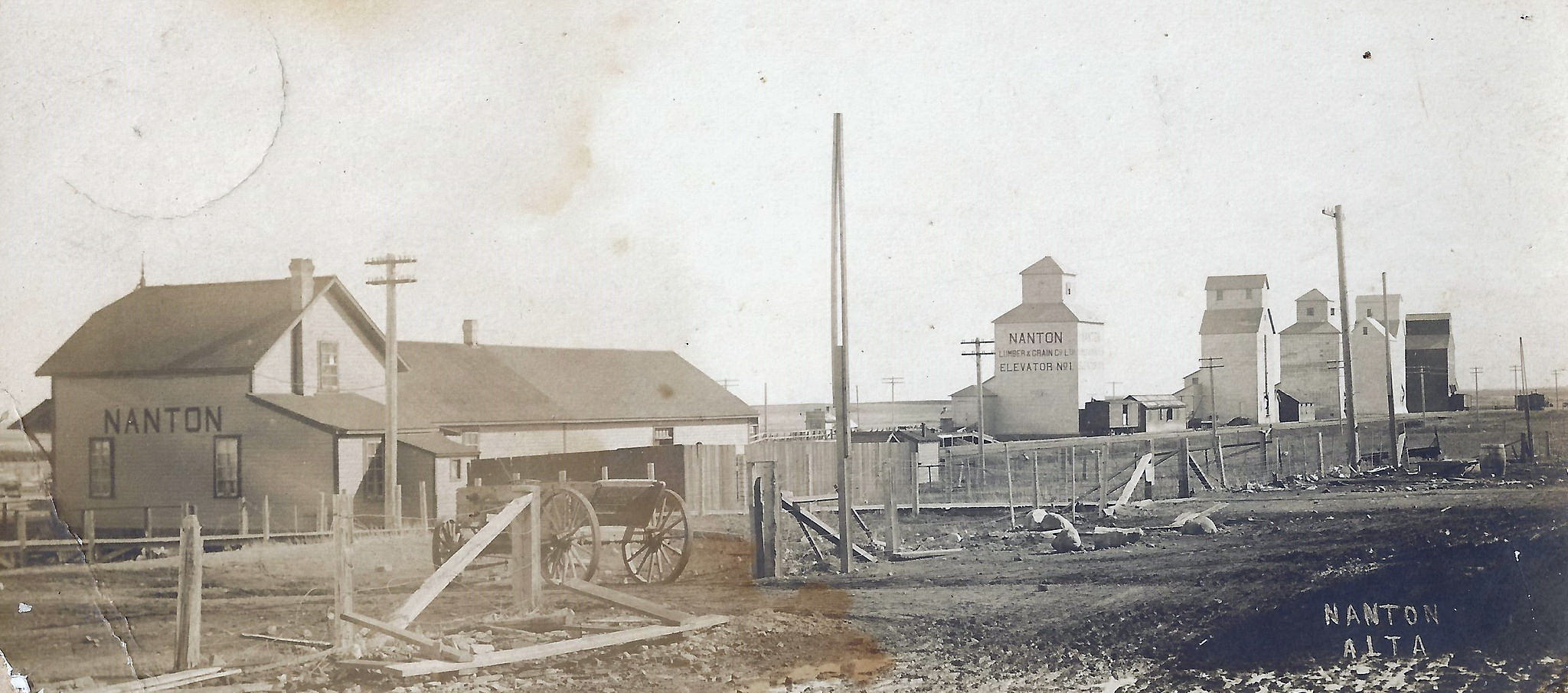
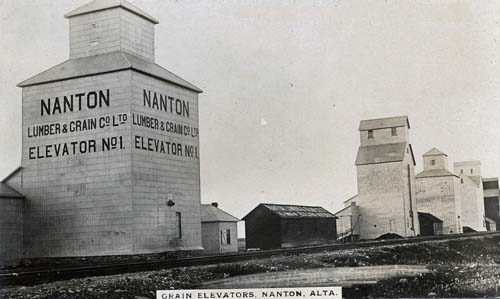
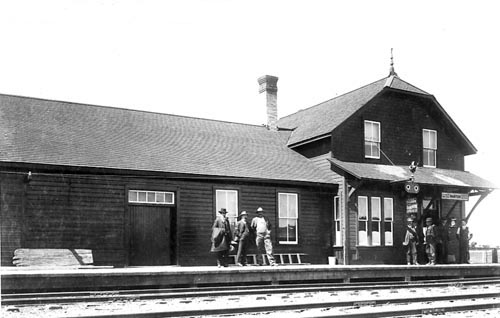

---------- Schools ----------
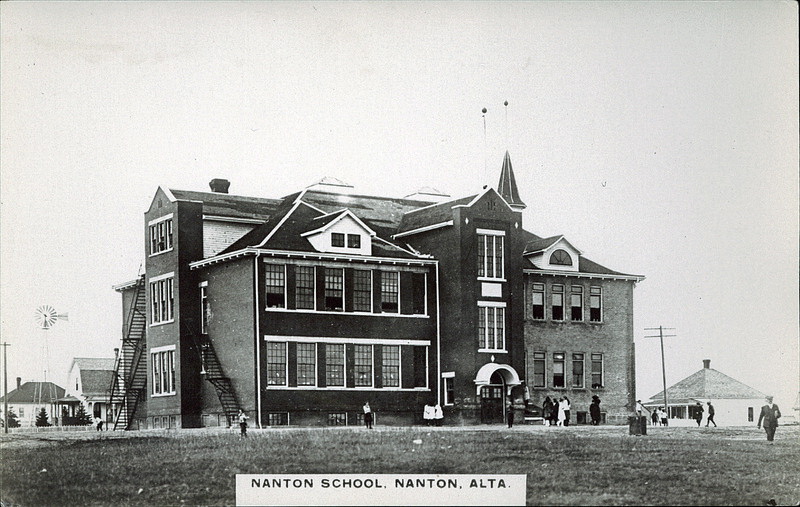
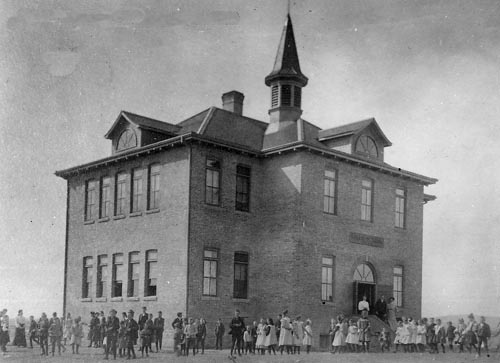
---------- Churches ----------
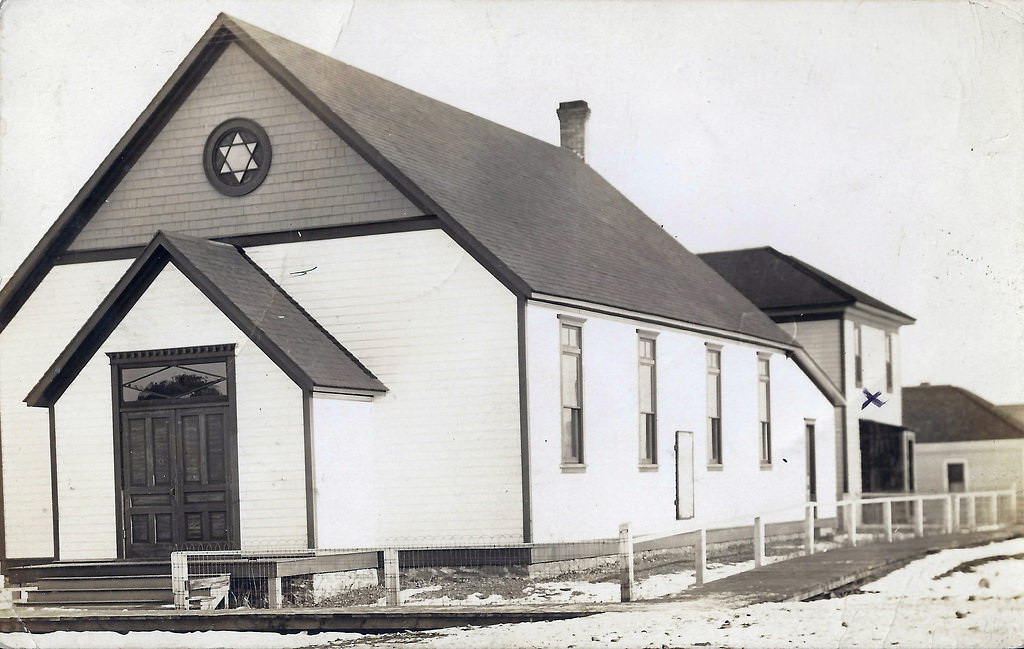
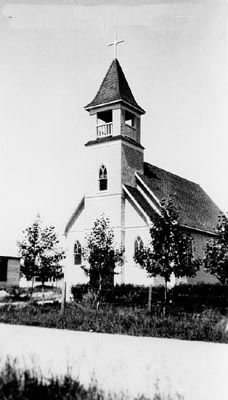
---------- Commercial Buildings ----------
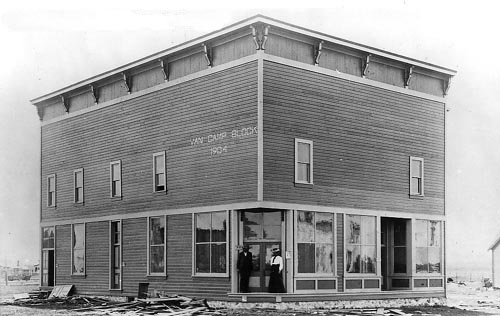
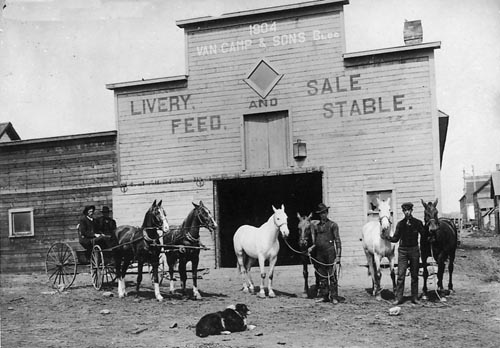
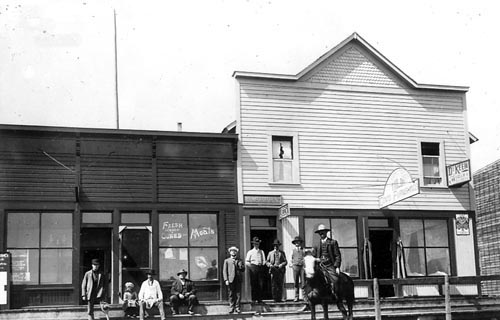
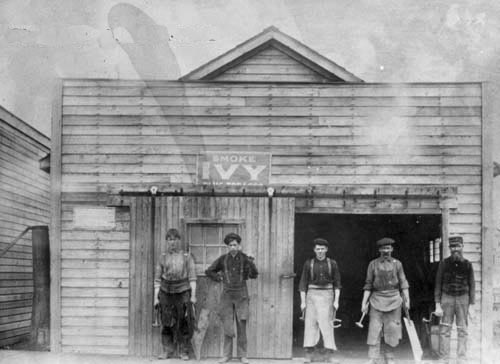
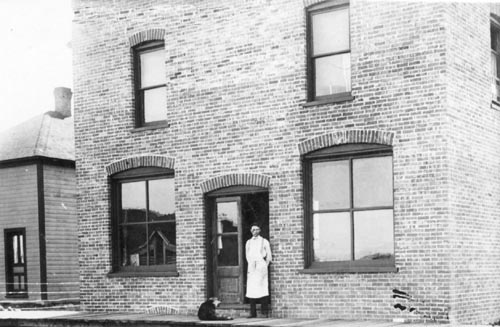
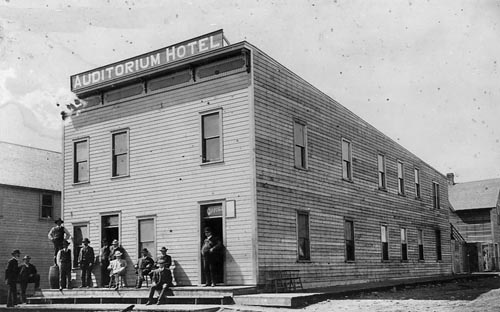
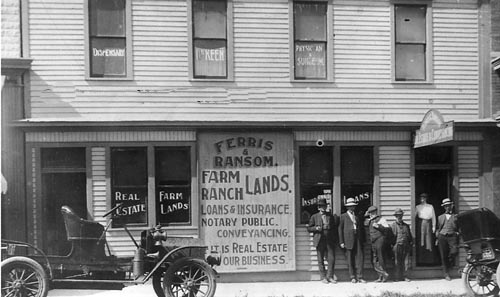
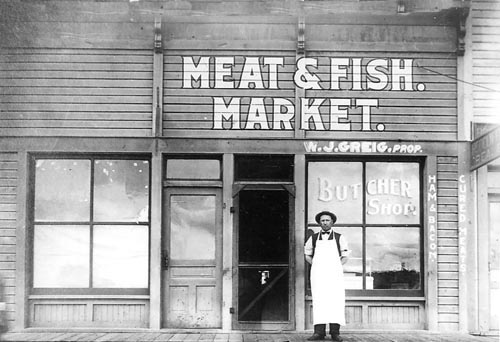
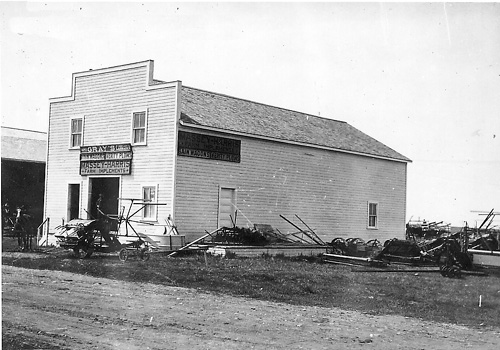
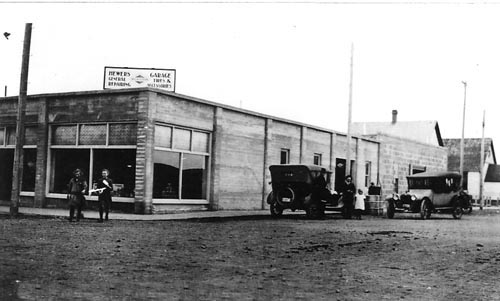
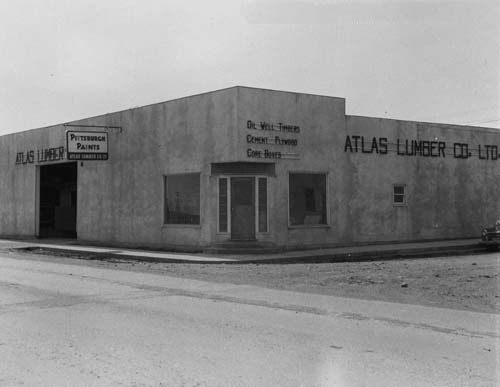
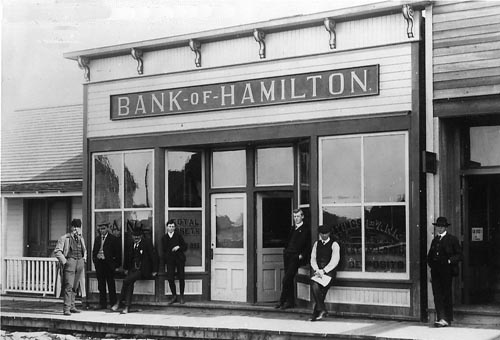
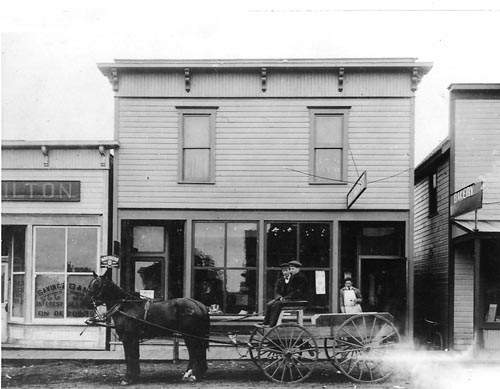
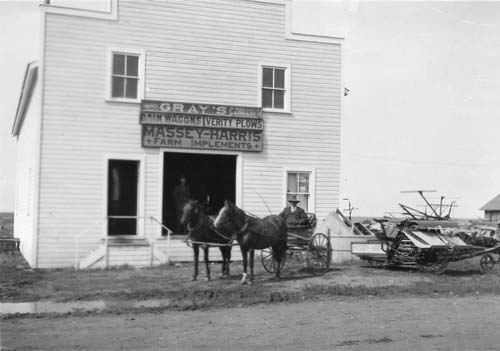
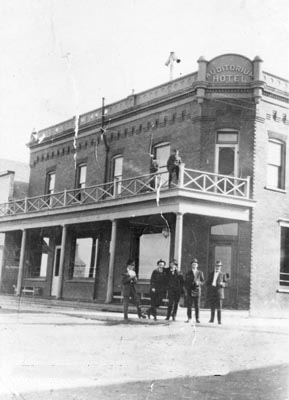
---------- Public Buildings ----------
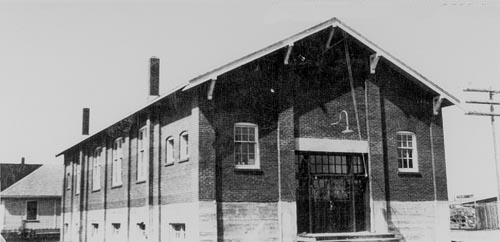
---------- Residential ----------
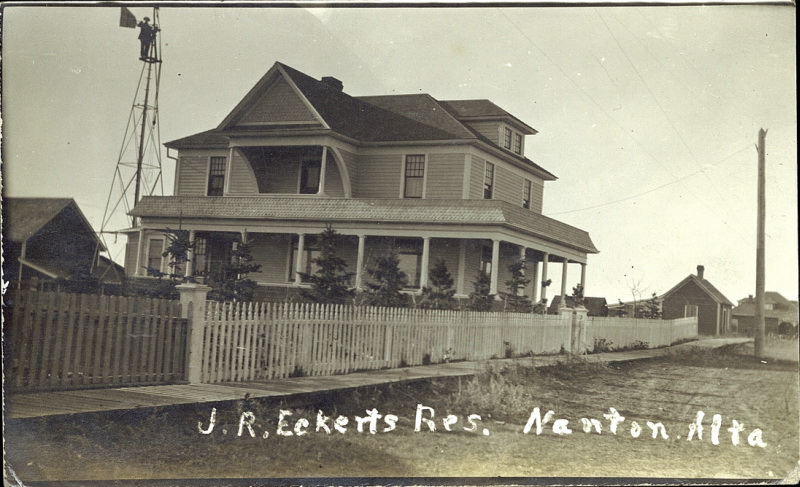
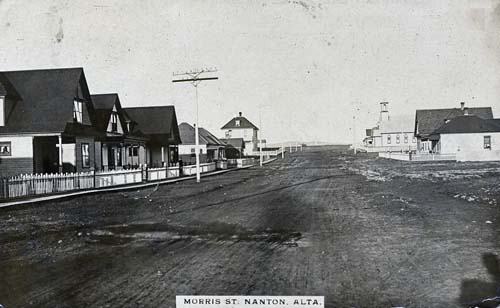
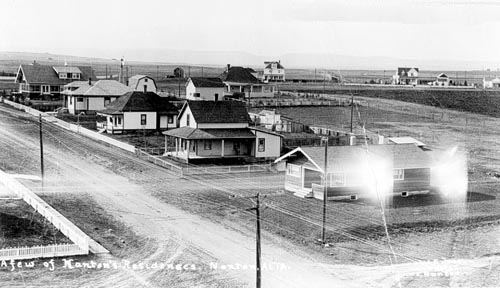
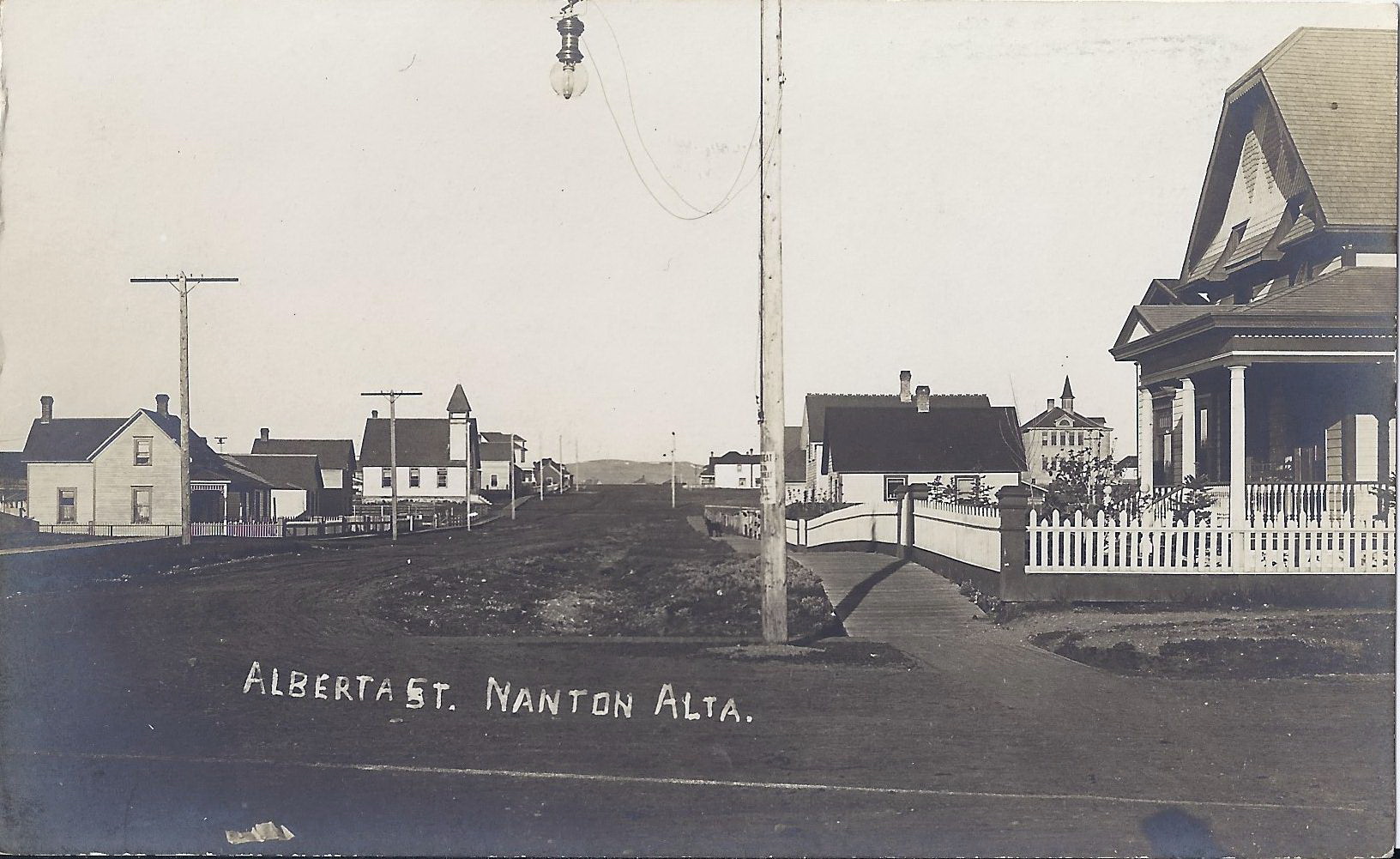
---------- Nanton Today ----------
